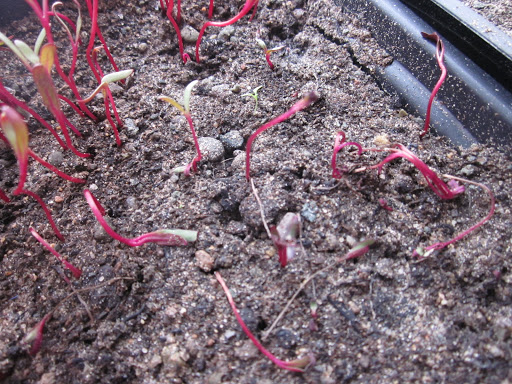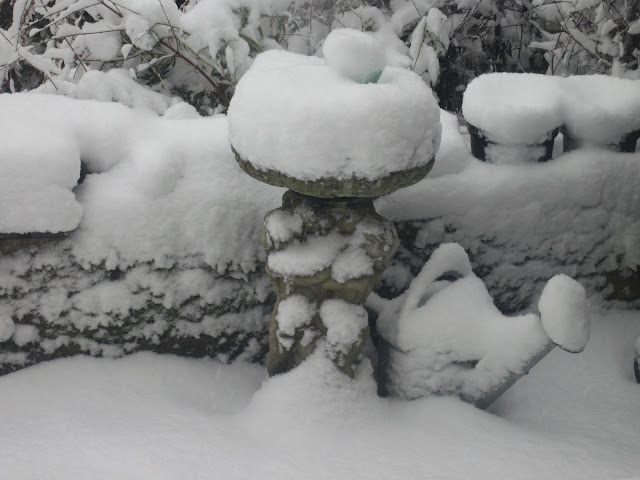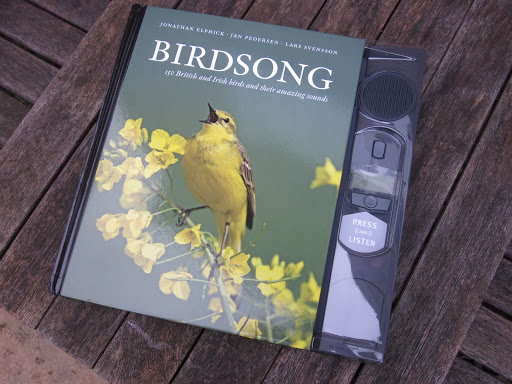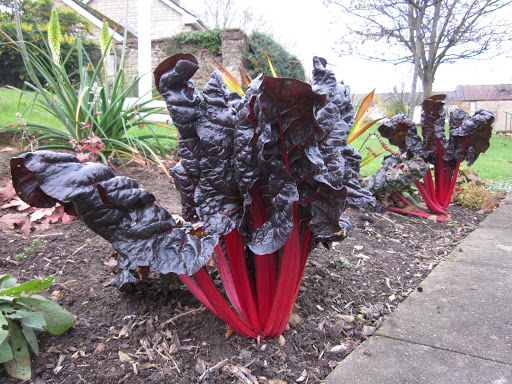Tippety Top Daffy Down Dillys

Regular Veg Plotting readers know I'm rather partial to a bunch of Cornish daffodils at this time of the year. I find January and February really hard going, so they're one of the ways I ensure there's some sunshine around no matter what the weather's doing outside. I've been uneasy about the daffodils for sale nowadays as they're displayed in boxes rather than the vases of water they'd been in previously. The shops concerned have tried to reassure me everything's OK, but I've had my doubts a) because the flowers don't seem to last as long in the vase as they used to and b) the flowers on sale quite often are showing a touch of yellow, rather than remaining tightly in bud. One of the great things that's happened since the flower farmer day 2 weeks ago, is they're having a regular forum on Monday evenings between 8 and 9pm on Twitter. I'll miss most of these as I'm at choir, but this week I was able to join in: Question

















